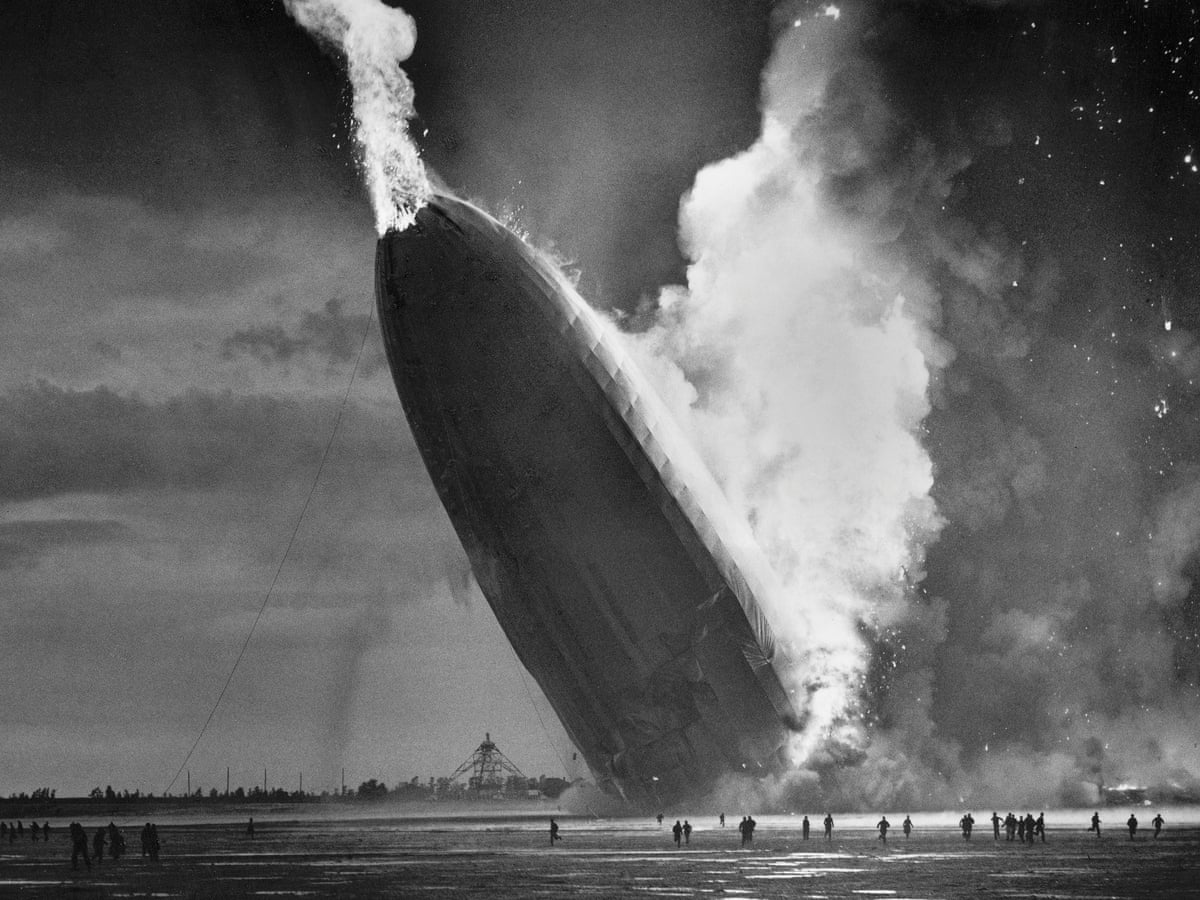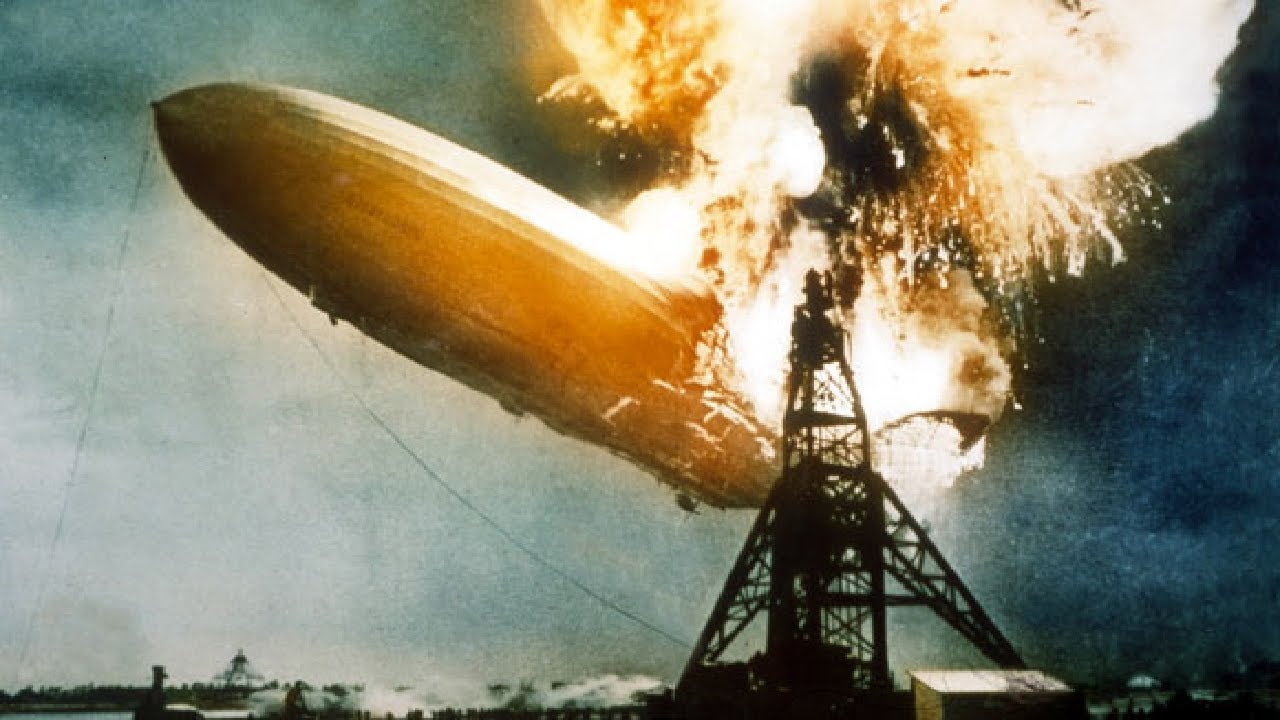Listen to, discuss ideas and share opinions from a level appropriate text.

Hindenburg, a German dirigible, the largest rigid airship ever constructed. In 1937 it caught fire and was destroyed; 36 people died in the disaster.
See all videos for this article
The Hindenburg was a 245-metre- (804-foot-) long conventional zeppelin airship launched at Friedrichshafen, Germany, in March 1936. It had a maximum speed of 135 km (84 miles) per hour and a cruising speed of 126 km (78 miles) per hour. Though it was designed to be filled with helium gas, the airship was filled with highly flammable hydrogen because of export restrictions by the United States against Nazi Germany. In 1936 the Hindenburg inaugurated commercial air service across the North Atlantic by carrying 1,002 passengers on 10 scheduled round trips between Germany and the United States.
On May 6, 1937, while landing at Lakehurst, New Jersey, on the second of its scheduled 1937 transatlantic crossings, the Hindenburg burst into flames and was completely destroyed. Of the 97 persons aboard, 35 were killed. One member of the ground crew also perished. The fire was officially attributed to a discharge of atmospheric electricity in the vicinity of a hydrogen gas leak from the airship, though it was speculated that the dirigible had been the victim of an anti-Nazi act of sabotage. The Hindenburg disaster, which was recorded on film and on phonograph discs, marked the end of the use of rigid airships in commercial air transportation.

Assessment
During the 1770s, America worked to gain independence from the British. Many struggles happened as a result.
The British passed a law in 1765 that required legal papers and other items to have a tax stamp. It was called the Stamp Act. Colonists were forced to pay a fee for the stamp. Secret groups began to work against the requirement of the tax stamp. The law was finally taken away in 1766.
In 1767, the British passed the Townshend Acts. These acts forced people to pay fees for many items, such as tea, paper, glass, lead, and paint. This wasn’t fair.
Colonists were furious. On December 16, 1773, they tossed 342 chests of tea over the sides of ships in Boston Harbor. This was later called the Boston tea party. Colonists had shown that they would not accept these laws.
- Which of the following from the story states an opinion?
- The British passed a law in 1765 that required legal papers and other items to have a tax stamp.
- The law was finally taken away in 1766.
- This was later called the Boston tea party.
- This wasn’t fair.
- What caused the colonists to throw 342 chests of tea into Boston Harbor?
- They were angry about the Townshend Acts.
- They wanted to make a big pot of tea.
- The tea was bad.
They were angry because of the Stamp Act.
